The climbing rose is a well-known ornamental climbing plant with a beautiful purple rose. It is often found adorning fences, arches, porches, and walls of many homes, creating a very romantic and poetic setting.
1 What is a Climbing Rose?
Origin and Meaning of Climbing Roses
The climbing rose, or rambling rose, is a member of the Rosaceae family, originating from Europe and introduced to Vietnam around 2-4 years ago. As mentioned earlier, the climbing rose stands out for its climbing habit and vibrant blooms. It is cultivated to decorate walls, gates, and fences, adding a romantic and poetic touch to homes.
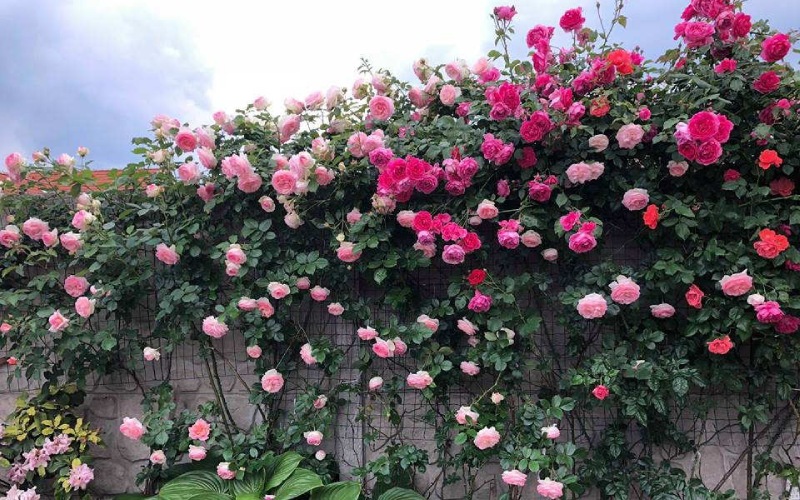 Origin and Meaning of Climbing Roses
Origin and Meaning of Climbing Roses
Feng Shui Significance of Climbing Roses
In Feng Shui, climbing roses symbolize love and happiness. They bring a sense of warmth and bliss to a home and are believed to strengthen romantic relationships.
 Feng Shui Significance of Climbing Roses
Feng Shui Significance of Climbing Roses
Characteristics and Classification of Climbing Roses
Characteristics of Climbing Roses
Climbing roses typically grow to a height of 1-10 meters, with a climbing habit and woody stems. Their branches droop gracefully, and both the stems and branches are adorned with sharp, curved thorns.
The climbing rose boasts a dense canopy of leaves and large, vibrant blooms in a range of colors, including pink, red, purple, and white. Its petals are often arranged in a swirling or ovoid pattern, with a diameter of about 6-8 cm, and the plant flowers throughout the year. The fruit of the climbing rose is oval-shaped and green.
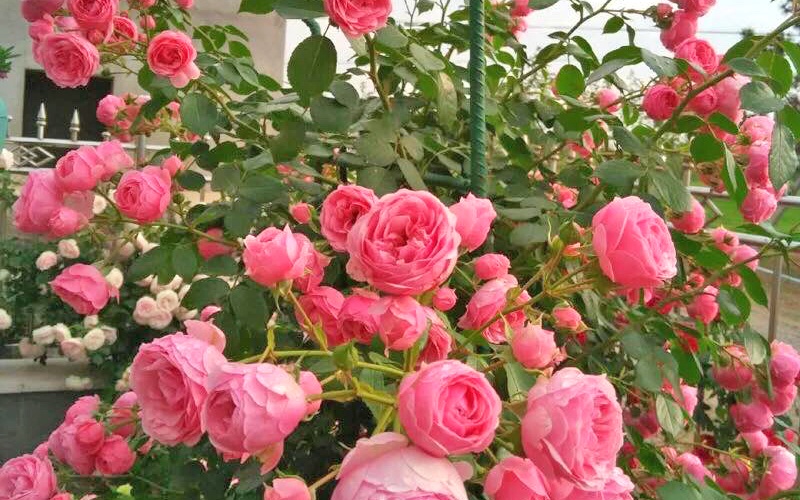 Characteristics of Climbing Roses
Characteristics of Climbing Roses
Classification of Climbing Roses
In Vietnam, there are numerous types of climbing roses, each with its unique origin, characteristics, and colors, that have captured the interest of many.
French Climbing Rose
The French climbing rose boasts large, vibrant blooms with numerous petals. Despite being a recent introduction to Vietnam, it has quickly become a favorite for adorning gates, walls, and other spaces.
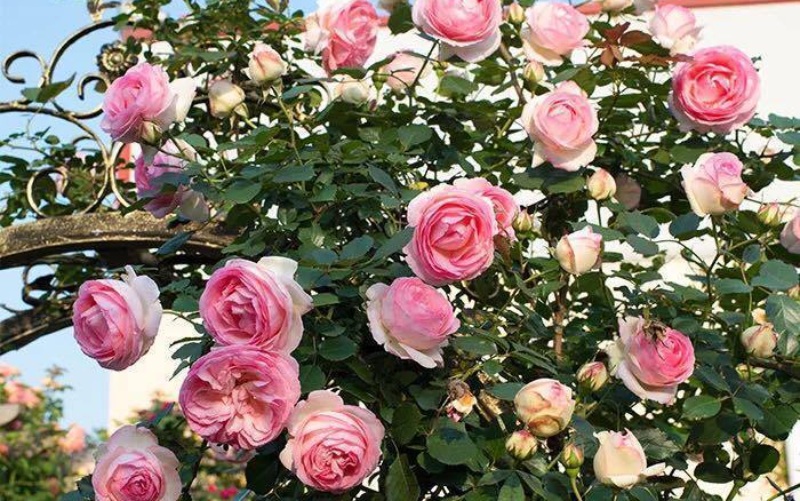 French Climbing Rose
French Climbing Rose
Huntington English Climbing Rose
The Huntington English climbing rose is a hybrid tea rose with large, fragrant blooms and a distinctive scent. Its flowers are a deep pink, with cupped petals that overlap and grow in clusters.
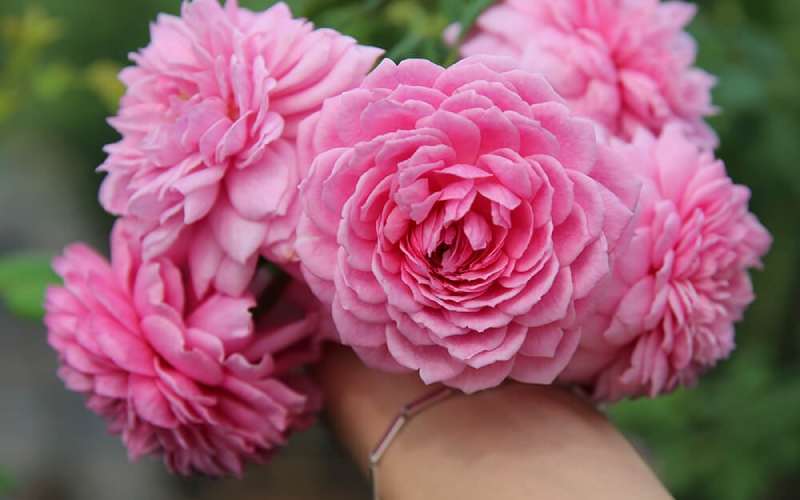 Huntington English Climbing Rose
Huntington English Climbing Rose
Golden Celebration Climbing Rose
The Golden Celebration climbing rose, native to England, captivates with its golden yellow blooms and heady fragrance. Notably, this variety is also highly resistant to pests and diseases, making it a popular choice.
 Golden Celebration Climbing Rose
Golden Celebration Climbing Rose
Haiphong Climbing Rose
This climbing rose variety boasts a stunning red color with glossy, thick petals. The Haiphong climbing rose is beloved for its large blooms, profuse flowering, long-lasting blooms, and intoxicating fragrance.
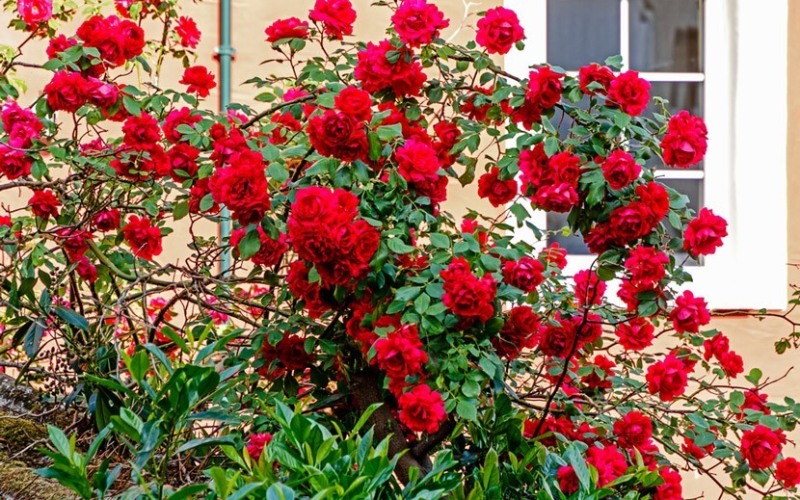 Haiphong Climbing Rose
Haiphong Climbing Rose
Rambler Rose
The Rambler rose is easy to cultivate, resistant to pests and diseases, and has soft, thorny stems that climb well. Its pink blooms make it a popular choice for creating eye-catching hedges or arbors.
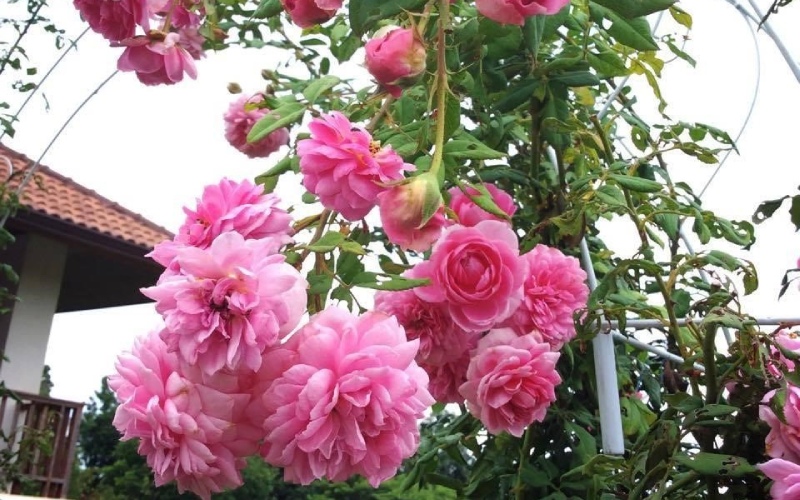 Rambler Rose
Rambler Rose
Spirit of Freedom Climbing Rose
The Spirit of Freedom climbing rose is easy to grow and care for, with large blooms of 8-10 cm that grow in clusters and thrive in Vietnam’s climate.
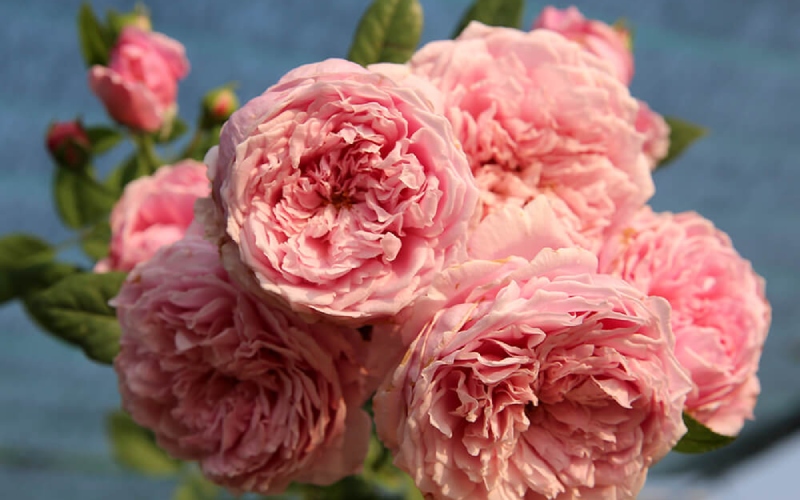 Spirit of Freedom Climbing Rose
Spirit of Freedom Climbing Rose
Red Fairy Climbing Rose
True to its name, the Red Fairy climbing rose enchants with its vibrant red blooms, forming dense clusters that cover the entire plant. Unlike other climbing roses, the Red Fairy lacks a noticeable fragrance.
 Red Fairy Climbing Rose
Red Fairy Climbing Rose
2 Benefits of Climbing Roses
Climbing roses are ideal for decorating balconies and outdoor spaces, adding a touch of freshness and poetry to your home.
Additionally, climbing roses can help reduce glare and provide shade. Their ability to climb high makes them perfect for balconies in high-rise buildings, creating a green, cooling effect and regulating the temperature of the entire structure.
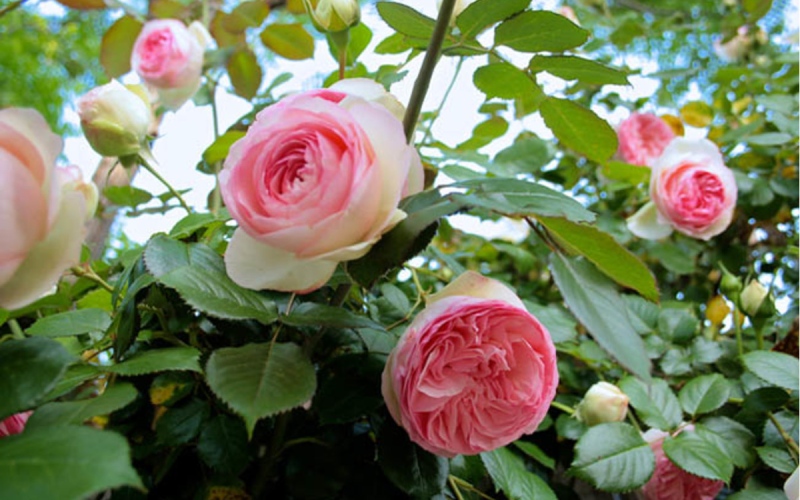 Benefits of Climbing Roses
Benefits of Climbing Roses
3 How to Grow and Care for Climbing Roses
Growing Climbing Roses at Home
To cultivate beautiful climbing roses, consider the following tips:
Timing of Propagation
The ideal time for propagating climbing roses is during spring, specifically from January to April. The warm and dry weather during this period promotes the rapid growth of the roses.
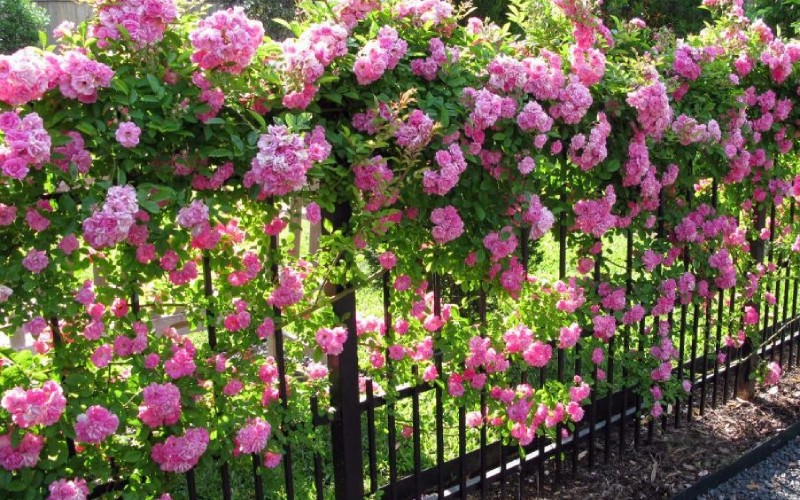 Timing of Propagation
Timing of Propagation
Soil for Climbing Roses
Select soil that is well-drained, contains clay, and is rich in nutrients. You can either purchase specialized soil from gardening stores or create your own mix at home using compost.
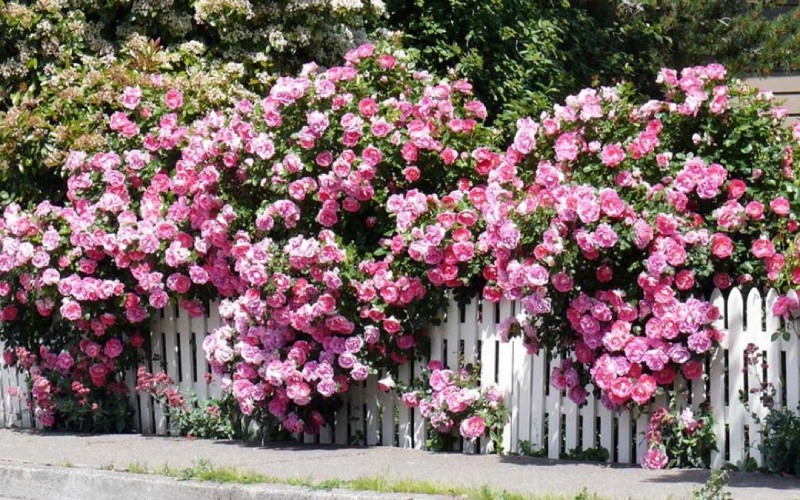 Soil for Climbing Roses
Soil for Climbing Roses
Choosing a Planting Location
Opt for a spot with ample sunlight and good ventilation. If you intend to train the rose to climb a specific structure, such as a balcony, wall, or gate, place the pot near that area.
 Choosing a Planting Location
Choosing a Planting Location
Planting Technique
 Planting Technique
Planting Technique
Caring for Climbing Roses
Light
Climbing roses thrive in bright, open spaces. Ensure they receive 6-8 hours of sunlight daily, preferably in an easterly direction, to promote their growth and enhance the beauty of their blooms.
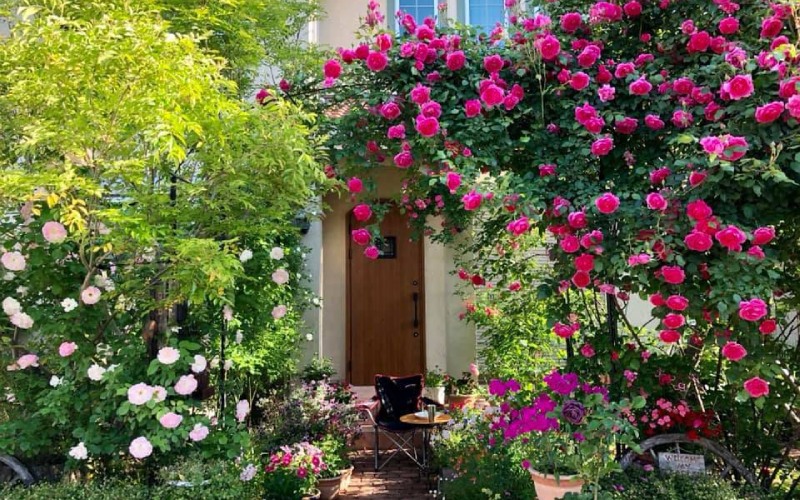 Light
Light
Watering
While climbing roses are drought-tolerant, they are susceptible to waterlogging and do not favor excessive moisture. Watering frequency depends on the weather conditions. Water when the topsoil feels dry, but avoid overwatering to prevent root rot and other issues.
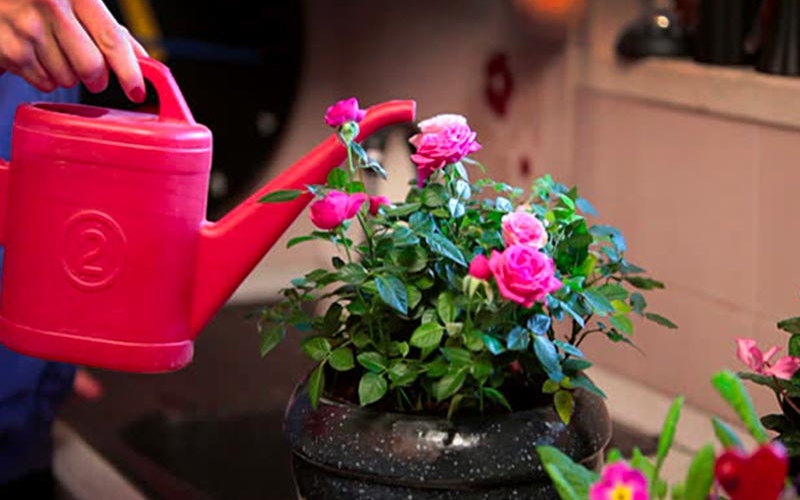 Watering
Watering
Soil
Opt for loamy soil rich in organic matter and with excellent drainage. You can either purchase specialized soil from gardening stores or create your own mix at home using compost.
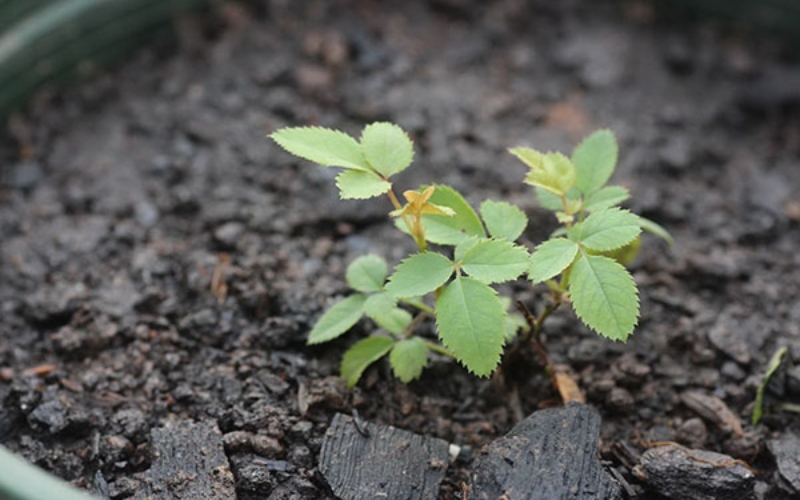 Soil
Soil
Fertilization
As climbing roses are heavy bloomers, regular fertilization is essential to provide them with the necessary nutrients. Apply a balanced fertilizer monthly, avoiding nitrogen-rich fertilizers that promote leaf growth at the expense of root development.
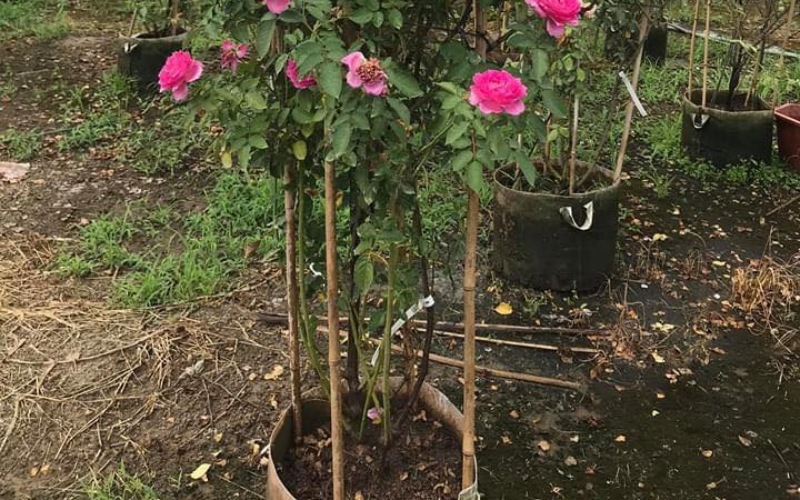 Fertilization
Fertilization



































